The direct monitoring function can help you avoid latency if you’re running a lot of plugins, instruments, effects, and automation on your tracks. But what about regular monitoring? What’s the difference between the two?
Basically, direct monitoring bypasses the computer processing and sends a copied signal directly to your headphones, speakers, or line output with very little or zero latency, unlike regular monitoring which is processed by the computer, audio interface, your DAW, and the plugins you have running.
What’s the Main Difference Between Monitoring and Direct Monitoring?
Choosing which monitoring situation you need is up to you, although, in my experience, regular monitoring often works just fine. Using either setting depends on what you need to do and there are several reasons why you might choose one over the other.
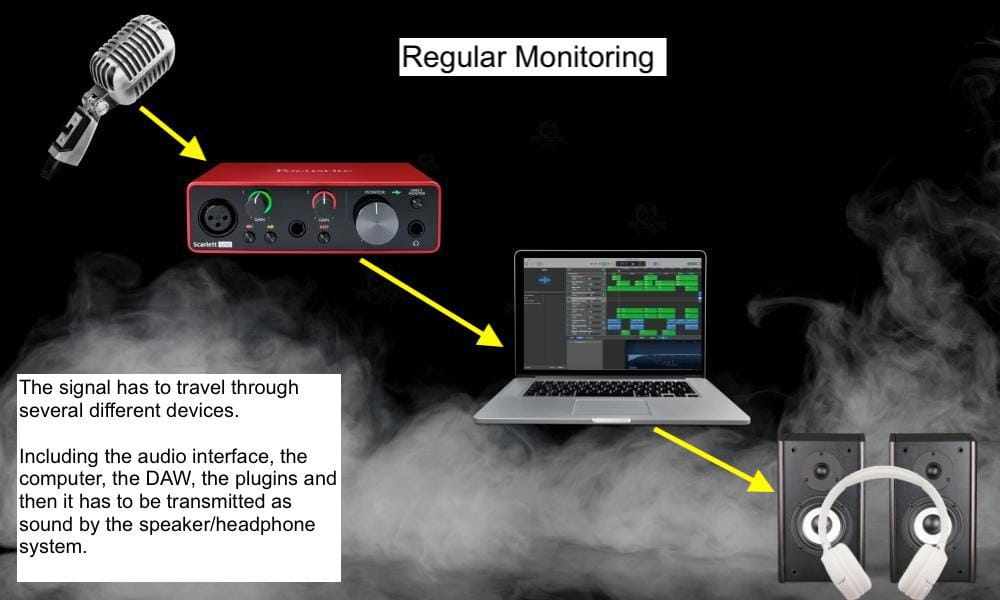
Understanding the difference between regular monitoring and direct monitoring may end up saving you a lot of time if you’re running into latency problems (more on the common cause of latency in my guide). It can affect your performance big time because of how problematic the delay is for your timing.
Simply put, direct monitoring allows you to hear your recording before it has been processed by the CPU. Whereas regular monitoring does not because it goes through your computer and is processed by whatever software and plugins you’re using.
There are also workarounds for certain issues such as latency that can be fixed depending on the kind of audio interface you’re using, the size of your project, as well as your computer’s CPU and RAM. This is one reason why I said in my other article that you need a computer with adequate CPU processing power and RAM.
1) Direct Monitoring Allows You To Hear The Audio Before It Has Been Processed
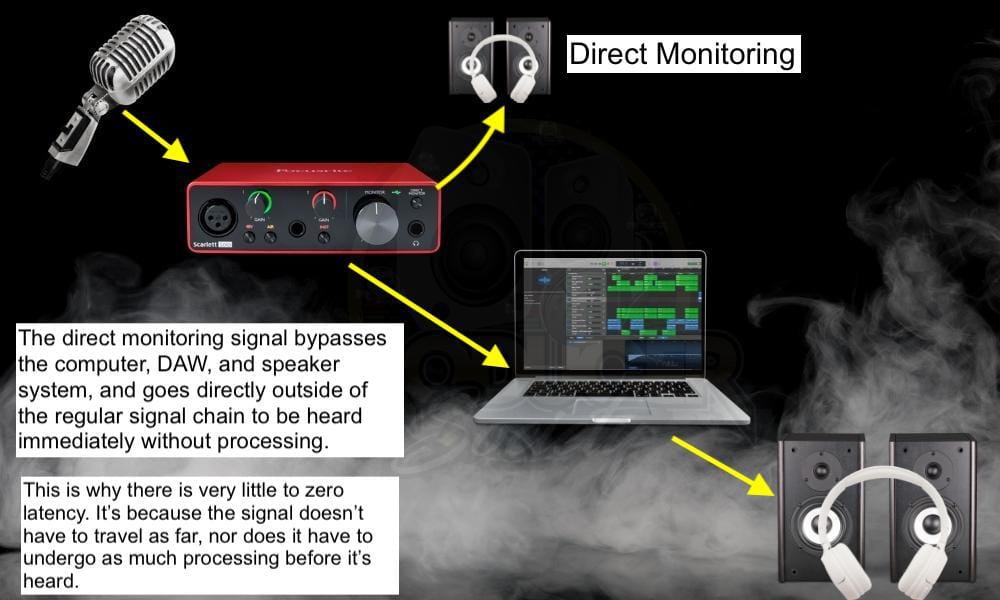
As the image above shows you, when you are using direct monitoring, an exact copy of your audio signal is sent to your headphones immediately, while the other copy is sent through to the computer, DAW, your plugins, and then finally the speaker system.
Without direct monitoring, you have to wait for it to go through the entire process including going through your audio interface, your DAW, and your plugins before you can actually hear it. Not using your direct monitoring will result in a very slight delay because of how long it takes your signal to process which can be more than a split second.
That said, this doesn’t mean you’ll necessarily have a noticeable lag. When I record with my Scarlett 2i2, for example, I almost never use direct monitoring simply because it’s not necessary. However, if I have a massive project, I may have to use it.
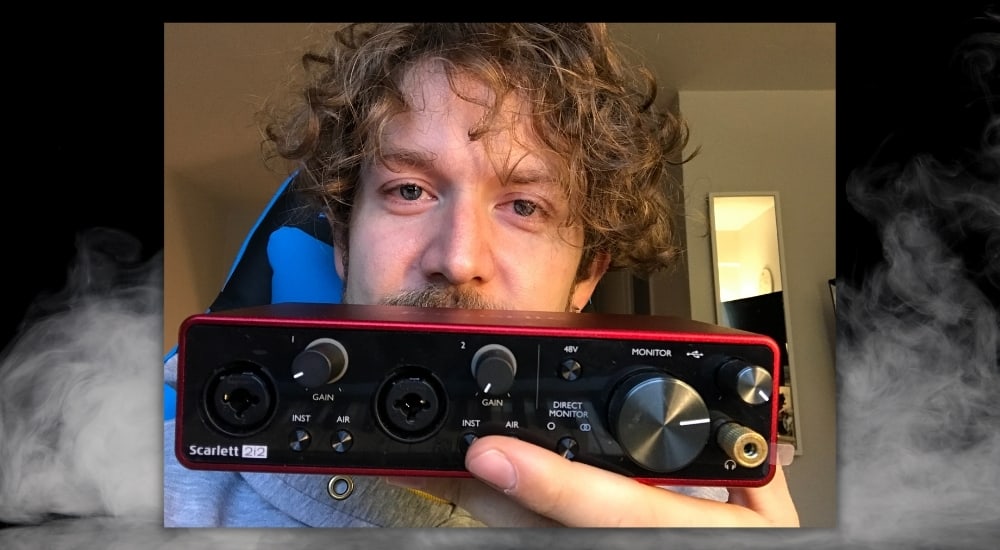
What’s interesting about direct monitoring though is that you’re kind of getting the best of both worlds. When using direct monitoring you’re using both monitoring and direct monitoring.
The reason for this is that one copy of the signal goes directly to your speakers or headphones while the other one goes into your computer for processing.
Because of this, you may need to mute the track that you’re recording to in your DAW. Otherwise, you will hear the zero-latency direct monitoring audio and the slightly delayed monitoring signal at the same time. Obviously, this isn’t a desirable situation, so you want to hear just one of them.
Hearing both signals will sound like an echo and it’ll be incredibly distracting. What’s nice about the direct monitor signal is that it allows you to record with the confidence that what you play will be on time with the music, assuming you played it properly, to begin with.
2) Regular Monitoring Requires A Lot of Processing Power and RAM for Real-Time Audio

You need a powerful computer to send the audio signal through your audio interface, your DAW, and your computer without any latency.
These days, a powerful MacBook Pro definitely has this ability but things can get to be too much quickly. I’m usually fine when I record, but I know that if I have a lot of tracks, I could run into some issues.
One way of getting around this, by the way, is to lock some of your tracks that way your computer doesn’t have to process everything all over again. I talked about this and a few other tricks in my article on why your DAW keeps crashing and what you should do about it.
According to this video, when direct monitoring is turned off, your signal is traveling through the audio interface, comes out through the USB cable, gets processed by the computer, that then goes back to your headphone jack.
That’s a lot of traveling for your signal so it makes sense why you could run into some delay issues. As I said earlier though, if you’re working with a regular-sized project or your computer is pretty powerful, you should be ok.
Should I Have Direct Monitoring Off?

You should have direct monitoring off if your project isn’t very demanding to your CPU and not you’re running into latency problems. If you don’t have any delay issues while recording, you could probably get away with regular input monitoring.
One reason you might have your direct monitoring off is if you are wanting to hear your recording in stereo. Specific channels might best be served in stereo only, although, models like the Focusrite Scarlett 2i2 allow you to have a mono signal in both headphones via direct monitoring and also a stereo signal.
Other Differences Between Regular Monitoring and Direct Monitoring
1) The Effects of Your DAW and Plugins Can Only Be Heard Via Regular Monitoring

There are several things to consider when choosing direct or regular monitoring. Regular monitoring will give you the ability to hear what everything sounds like after it has been processed by all of your gear and software.
On the other hand, if you want to hear a direct input signal, then you might not want to use direct monitoring. This means if you’re using an amplifier simulator in your DAW for your guitar recordings, you’ll want to use regular monitoring instead.
On the other hand, if you’ve mic’d your guitar amplifier, direct monitoring with zero latency is a possibility. Another reason to use direct monitoring is for vocals which I’ll talk a bit more about in a moment.
2) Direct Monitoring Can Require A More Specific Set-Up

Higher-end audio interfaces solve the problem of not being able to listen to your direct monitor in stereo. This is done by setting up your monitoring through software as opposed to doing so via hardware.
Programs like Antelope Audio, MOTU, and RME come with built-in effects that someone who wants reverb while still using direct monitoring would need. This is also beneficial when recording many different musicians at once and providing them with their own monitor mix.
The Scarlett 2i2 direct monitoring feature also allows you to have a stereo mix if you prefer to record that way. I’ve highlighted where the demonstration of stereo mode is here, in case this is how you’d like to do things.
One reason for wanting stereo in your monitor could be if you are recording a two-person podcast and want to better hear both voices on separate channels (more on podcast creation in my guide).
3) Direct Monitoring Allows You to Listen For Specific Issues
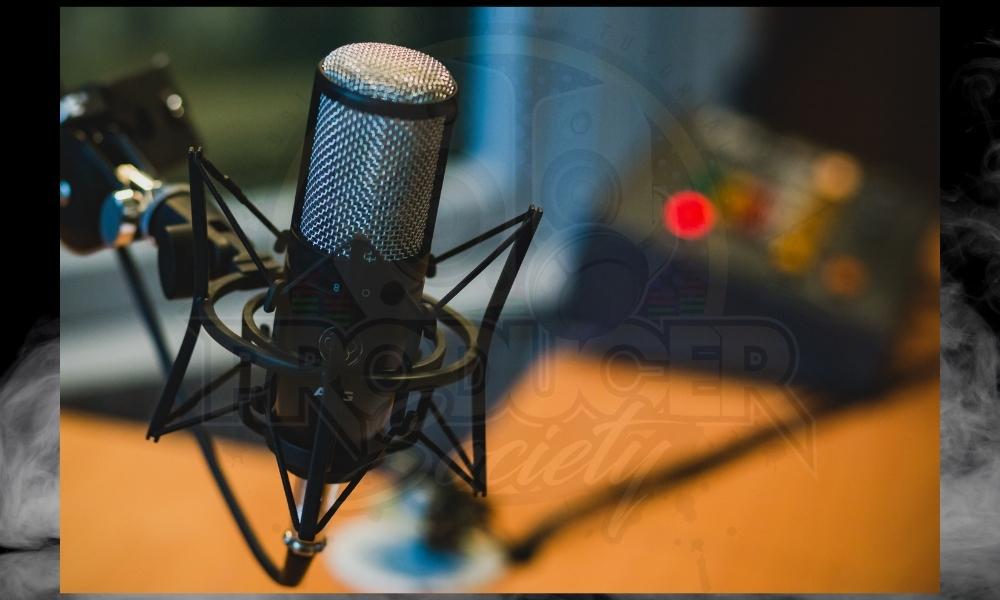
When you’re recording, you might want to hear your sound directly from the microphone because you will be able to tell things such as if your mic placement is perfect. Knowing your mics are set just right is one benefit of direct monitoring.
Hearing the signal directly will also help you catch any issues in the performance which you could miss if you are hearing the processed DAW signal.
For example, you can hear if there is an annoying fan coming from one microphone or the other if you’re using stereo direct monitoring.
When Should I Use Regular Monitoring?
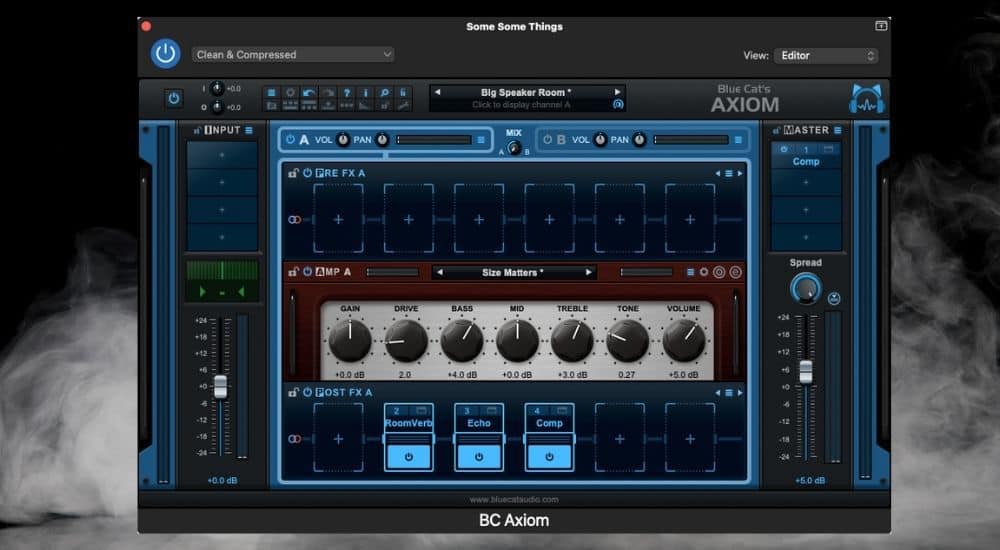
You can use regular monitoring if you absolutely need to hear how your DAW affects your sound. There are several reasons why you may need your musicians to hear the effects processed through your DAW. For example, if you’re using a guitar amp simulator, you’ll want to hear the effects you have running.
Another reason you could want regular monitoring has to do with Auto-Tune – I recommend Antares Auto-Tune on Plugin Boutique by the way – which many people use as an effect. Travis Scott, (who I’ve written about before in my guide on auto-tune), is one of the many people who do.
Other effects like reverb and delay are also important to hear for many musicians and singers. This is especially true for vocalists. It could be that you need some reverb to get into the right vibe.
It’s for the same reason that a guitarist wants to hear their sound with effects. Listening to a dry direct input signal is incredibly boring and uninspiring.
Important Things to Note About Monitoring and Direct Monitoring
1) There Are Other Reasons You May Want to Use Direct Monitoring
When it comes to the world of recording, there are many reasons why products have certain features. I’ve listed just a few of the reasons why you may choose direct monitoring, but I’m sure there are a few others that I failed to talk about.

 Written By :
Written By :